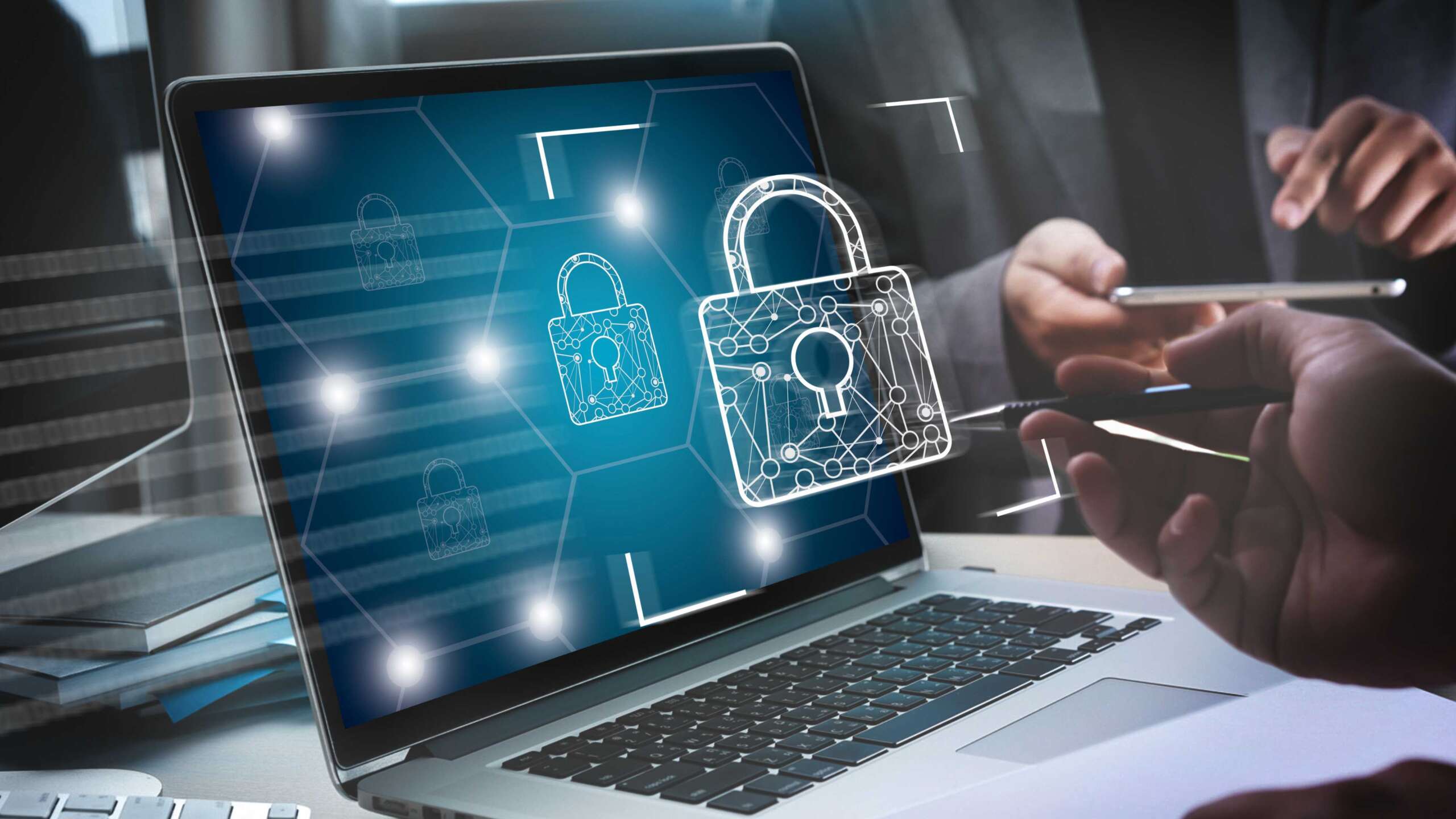Maintaining a secure digital environment is crucial. As organizations increasingly rely on technology, the human element becomes a factor in maintaining a secure cyberspace. A simple mistake from an uninformed employee may lead to a breach of confidential information. The human element of cybersecurity is important to monitor, as careless and unintentional mistakes can negatively impact your organization. When employees are educated on cybersecurity, they can properly disregard cyber threats, such as phishing emails. These cyber factors can be monitored by adapting preventative strategies to protect your organization from further cyber threats.
Phishing Simulations
Phishing simulations are a key tool to identify vulnerabilities. This strategy includes IT teams conducting simulated phishing emails to observe and analyze employee responses, visualizing potential weak spots. This proactive approach allows organizations to educate employees on cyber threats and test their responses regarding phishing emails. This strategy builds confidence among employees in identifying and reporting cyber threats.
Password Management
Effective password management is a key strategy when limiting the human impact on cybersecurity. There are many ways to include the following best practices within your organization.
Zero Trust Architecture ensures that users and systems undergo verification and authentication, regardless of location.
Single Sign-On (SSO) solutions streamline access while maintaining security measures.
Multi-Factor Authentication (MFA) adds an extra layer of defense, combining passwords with a second factor, such as a smartphone, an authenticator app, or a fingerprint.
Periodic audits detect password policy compliance issues. This includes password reuse and ensuring employees are changing their passwords on a frequent basis.
Account lockout policies temporarily lock accounts when there have been many failed attempts.
Password Expiry requires employees to change their passwords after a certain period of time.
Create a Culture of Accountability
While phishing simulations and the adoption of password management best practices are undeniably crucial, building a culture that motivates employees to invest their time in acquiring more knowledge and holding each other accountable is key for lasting change. It’s more than just checking off security training boxes; it’s about creating a mindset that views cybersecurity as a collective responsibility of a team. This strategy involves not just attending security training sessions but holding employees accountable for actively engaging and applying the knowledge gained. Transparency becomes an expectation in this culture, as open conversations about the importance of security create a shared understanding of the collective role in keeping your organization safe. By expecting this out of your team in daily operations, it creates resilience against cyber threats, ensuring that the human element is a proactive force, rather than a destructive force against potential cyber threats.
Prioritize Addressing the Human Element
Acknowledging the impact of the human element in cybersecurity is crucial for securing your organization. Failure to address this aspect may result in financial loss, damage to reputation, or irreversible harm. To defend against these risks, implement proactive strategies like phishing simulations, effective password management, and create a culture of cyber accountability. These measures build resilience, as it empowers your organization to stand against cyber threats.

